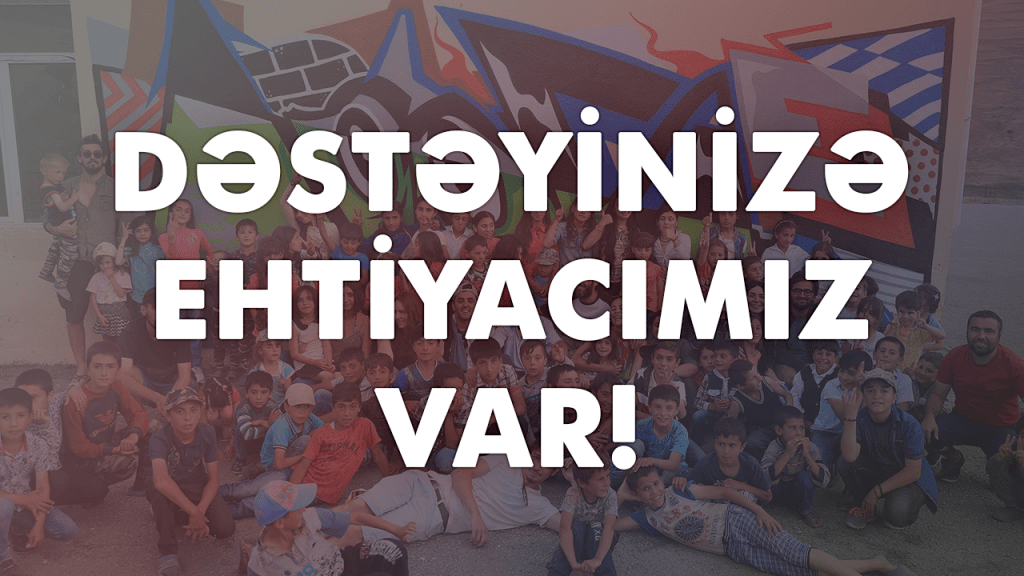Vugar Muradov

Renowned Azerbaijani artist Vugar Muradov was born in Baku, Azerbaijan and studied at the Azerbaijan State Art School named after A. Azimzade before embarking on his impressive commercial and artistic career. As a young artist, Vugar was chosen to be an artist at the Gobustan State History and Art Administration, after which he began exhibiting his artwork. Commercially, in the 1990s Vugar was an artist at the Veten Sesi and Millet newspapers as well as other journals, and he was the head artist at the Azerkalcha Scientific Production Association working with carpet designs. These early positions in Azerbaijan’s historical, social and cultural arena clearly informed his artwork; after joining the Azerbaijan Union of Artists in 1997, his artist career immediately gained him international recognition and notoriety. In 1998, he was chosen to show portraits of people with developmental disabilities at the Contemporary Artists of Azerbaijan exhibition at the World Bank Headquarters in Washington, DC, USA, which was his first major international project. He has since exhibited his work across the world and participated in various art fairs and international projects. Vugar’s work has been shown in Azerbaijan, Moldova, Germany, Denmark, Switzerland, USA, Luxembourg, Russia, France, Turkey, Bulgaria and Ukraine. His work is also held by prestigious international institutions such as the Guggenheim Museum and the Museum of Modern Art (MOMA) in New York, USA, the Argentinean company Guevara Films, the Central and Eastern European Art Foundation in Washington, DC, USA, the Sasakawa Peace Foundation in Japan, the Ministry of Defense in Turkey, the Lambri International company in the Netherlands, among other private collections across the world. In 2017, he was the only Azerbaijani artist who showed work at the Art Basel Miami (USA), which is the largest exhibition of international contemporary art in North America. Also in 2017, he was recognized as a member of the International Federation of Artists of UNESCO.
Vugar’s creative process is characterized by his creation of series of artworks that explore a specific aesthetic or theme related to Azerbaijani culture. Playing with perspective, depth, color, shadow and light, his paintings delve into the layers of contemporary art practice and visual representation. In his ‘Resemblance’ series, exhibited in various places including Erarta Museum in St. Petersburg, Russia, as well as at the Baku MOMA in 2017, he created works based on iconic Azerbaijani carpets from different regions, painting his impressions of their decoration using pattern and solid shapes to play with perspective and composition. Painted in a flat perspective that highlights the relationship between color, form and pattern, the traditional carpet designs are sculptural objects themselves. Paintings in the series show humans and animals such as a horse, fish, or sheep containing the universe of the carpet within their body. Striking in their vibrant colors and use of traditional imagery, the artworks are universal in their beauty and appeal. In Vugar’s 2019 solo exhibition ‘Color vs Shadow’ in Kiev, Ukraine, he again played with aesthetics and representation. The works shown in this series are bold and vibrant, depicting a series of landscapes, still-life’s and portraits using an abstracted style to create impressions of light and shadow washing over the canvases. The colors in his paintings serve not only to represent the inner emotive qualities of the subjects but also Vugar’s own relationship to the topic of the painting – the color reveals his own intention towards his artwork. Looking at the surface of the paintings, with their expressive brush strokes, his hand as an artist is revealed in the physicality in which he applies the paint onto the canvas. The works are optimistic and playful while also capturing more contemplative and meditative moments. As one of the most famous Azerbaijani artists today, Vugar’s practice continues to evolve through his ongoing exploration of visual languages using color to illuminate the beauty of human emotion.


















